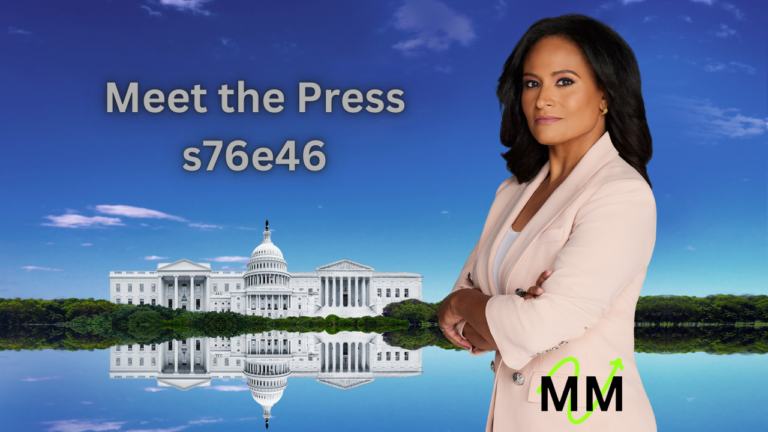Hisashi Ouchi: Rare Hospital Photos Reveal Effects of Extreme Radiation Exposure

On September 30, 1999, a catastrophic event unfolded at the Tokaimura nuclear facility in Japan, leading to one of the most severe radiation accidents in history. Hisashi Ouchi, a technician at the plant, became the central figure of this tragedy, suffering extreme radiation exposure that resulted in unprecedented medical challenges. The rare hospital photos documenting his condition provide a stark visual account of the devastating effects of radiation on the human body.

The Tokaimura Nuclear Accident
The Tokaimura nuclear accident occurred during fuel preparation for a reactor at the JCO uranium processing plant. Workers deviated from standard procedures to expedite the process, manually mixing uranium in stainless steel buckets—a method not sanctioned for safety reasons. This led to a criticality accident, initiating an uncontrolled nuclear chain reaction. Hisashi Ouchi, along with two colleagues, was exposed to lethal doses of neutron radiation. Ouchi received approximately 17 sieverts of radiation, far exceeding the fatal threshold for humans.
Read More
Immediate Medical Response and Hospitalization
Following the accident, Ouchi was transported to the University of Tokyo Hospital, where medical professionals were confronted with unprecedented challenges. The intense radiation had obliterated his white blood cells, leaving him with no immune defense. His skin began to peel off, and he suffered severe internal damage. Despite the grim prognosis, doctors employed aggressive treatments, including skin grafts and experimental therapies, in an attempt to save his life.

Documenting the Effects: Rare Hospital Photos
The hospital photos of Hisashi Ouchi serve as a harrowing visual record of radiation’s impact on the human body. These images reveal the extensive skin damage, with large areas of his body devoid of epidermis, exposing raw tissue beneath. The photos also depict the numerous medical interventions, such as intravenous lines and life-support equipment, highlighting the intensive care required to manage his deteriorating condition. While these images are graphic, they have been instrumental in medical research, providing critical insights into the progression of radiation injuries.

Ethical Considerations in Prolonging Life
Ouchi’s case raised profound ethical questions regarding medical intervention in cases of extreme suffering. Despite his deteriorating condition and immense pain, medical staff continued life-sustaining treatments for 83 days. Reports indicate that Ouchi expressed a desire to die. Yet, efforts to keep him alive persisted, leading to debates about patient autonomy, quality of life, and the responsibilities of medical professionals in end-of-life care.

Impact on Nuclear Safety Protocols
The Tokaimura incident prompted significant changes in nuclear safety regulations in Japan and internationally. Investigations revealed that inadequate training, procedural violations, and safety measures contributed to the accident. In response, stricter protocols were implemented, emphasizing the importance of adhering to established safety procedures and ensuring that personnel are adequately trained to handle nuclear materials.
Read More
Legacy and Lessons Learned
Hisashi Ouchi’s tragic experience serves as a sad reminder of the potential consequences of nuclear energy mishandling. The rare hospital photos documenting his condition have been utilized in medical and educational contexts to illustrate the severe effects of radiation exposure. His story underscores the necessity for rigorous safety standards, ethical medical practices, and learning from past incidents to prevent future tragedies.

In conclusion, the case of Hisashi Ouchi highlights the devastating human cost of nuclear accidents and the critical need for stringent safety measures. The rare hospital photos, while distressing, provide valuable insights into the effects of extreme radiation exposure and continue to inform both medical professionals and the public about the importance of nuclear safety and ethical considerations in medical treatment.






